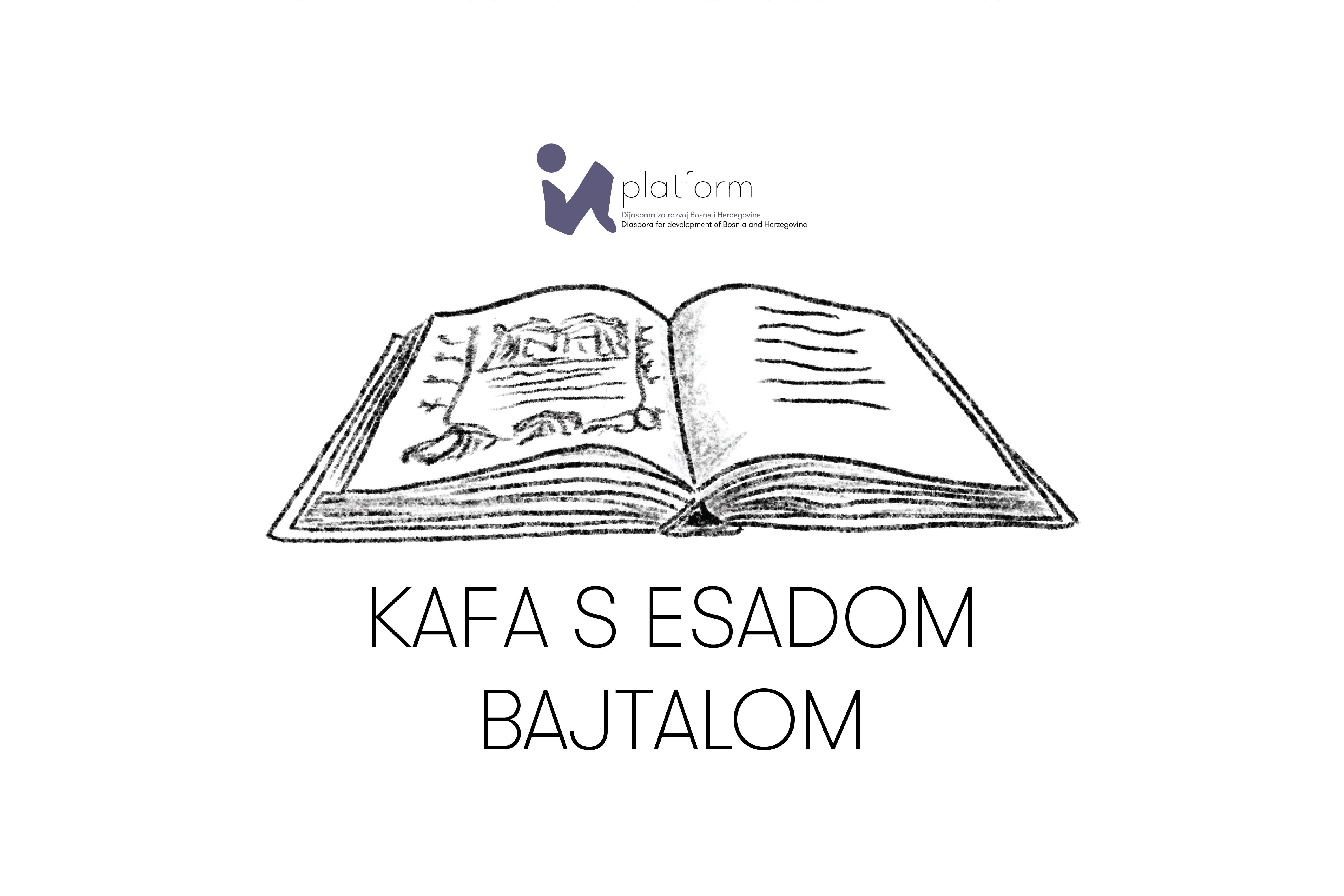Prof. Bajtal introduced the participants of the virtual coffee to the material and spiritual values of the Haggadah
The term Haggadah in Hebrew represents a story, news, telling. It is actually an illustrated collection of stories and prayers related to the Jewish holiday of Passover, a ritual book, from the group of Paschal Haggadahs, which aims to arouse the piety and imagination of the faithful through images and metaphors. Pesach, as Armenian name, is a name for a type of national holiday, which celebrates the liberation of Jews from Egyptian slavery.
Sarajevo Haggadah
At the end of the 15th century, when the Inquisition was established in Spain, Inquisitor Thomas Torquemada was given the task of “cleansing” Spain of the non-Catholic population. More precisely, in 1492, all Jews were ordered to leave Spain within 3 months, so one group decided to take refuge in the Ottoman Empire. They came from different directions, while one, carrying a “treasure” in his luggage, came to Sarajevo, via the Adriatic, Split and Dubrovnik.
The beauty and specificity of the Sarajevo Haggadah
Unlike the others, the Sarajevo Haggadah is the first painted book of its kind, while we know that the Jewish tradition forbids the depiction of human figures. In it, even before the appearance of Copernicus, the planet Earth was shown as a circle.
Rescuing the Haggadah
The manuscript is said to have originated in northern Spain, in the Barcelona area, dating back to 1350. After the persecution in 1492, it embarks on a journey on uncertainty. It has experienced and survived many accidents.
The first savior was the dervish Korkut, a librarian and curator of the National Musem who saved the Sarajevo Haggadah from German officers. There are various speculations about how and where Korkut hid the Haggadah, so his wife Servet revealed that he took it to Vlašić to his good friend. In this way the Haggadah survived World War II.
In 1988, the first edition of the publishing house Svjetlost was created and printed in 10.000 copies, in two languages – Serbo-Croatian and English.
In this war, the Haggadah was saved by the then director Enver Imamović in 1992 due to the bombing of the museum. Six years after the war, restoration was carried out and the condition was satisfactory. Thus, the Sarajevo Haggadah is becoming more and more interesting to publishers. In 2008, the publishing house Rabic is working on a special edition of this Haggadah, which is 95% similar to the original. It is made of a special material and is intended for collectors. It was made in only 613 copies, and with the certificate of the Jewish community of Sarajevo, it was guaranteed that such an edition would no longer be made. It is assumed that the 613 number was chosen either of suras and commandments in the Talmud or as the number of grains in a fruit pomegranate, where each grain represents a beautiful wish.
Value
The last owner of this Haggadah was the Cohen family, who sold it to the National Museum for 150 forints. After that, the museum was offered as much as 50.000 forints, but the Haggadah was still kept in Sarajevo. Today’s value is one billion and 200 million dollars. Today, the vault room can be visited during the museum’s working hours and is regularly exhibited on Tuesdays, Thursdays and every first Saturday of the month from 12 to 1 p.m.
Despite the enormous material value of the Haggadah, the spiritual one is also important. The Sarajevo Haggadah is one of the key symbols that makes Bosnia and Herzegovina specific and unique.
According to the professor, Bosnia has stećak tombstones, a Haggadah and a sevdalinka. We will talk about one o them in the next virtual coffee. Join us and find more about it.
Note: Copying parts or the entire text is allowed with the obligatory citation of the source.

